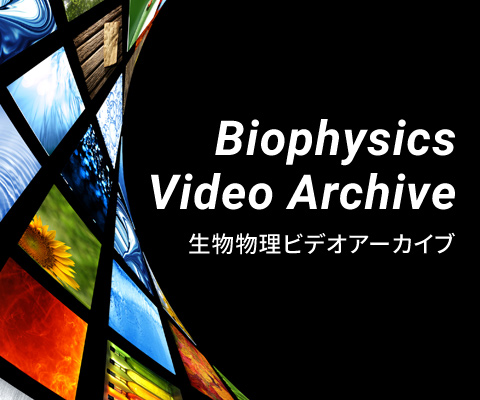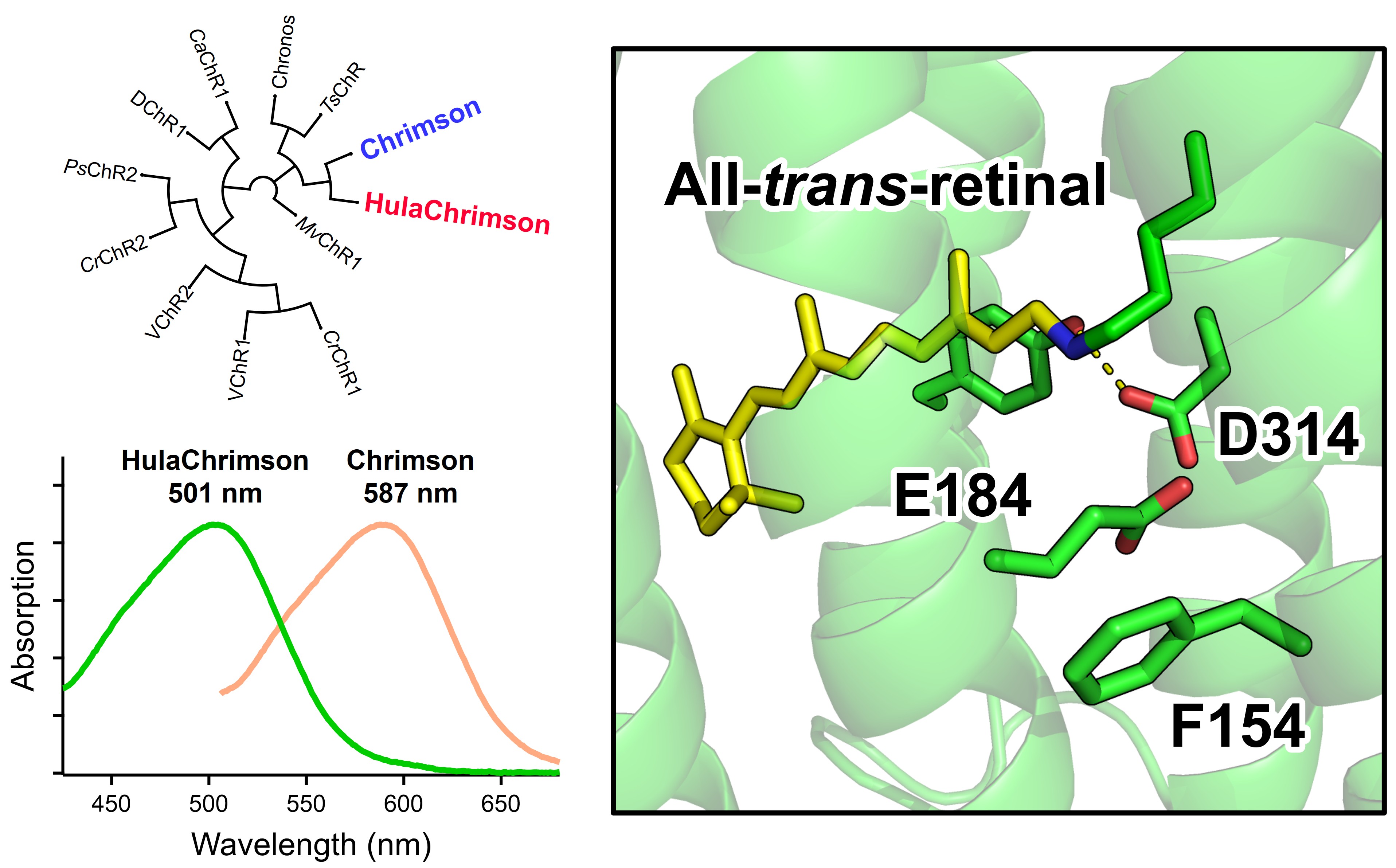1
"HulaChrimson: A Chrimson-like cation channelrhodopsin discovered using freshwater metatranscriptomics from Lake Hula" by Hiroto Takahashi, Shunki Takaramoto, Takashi Nagata, Shai Fainsod, Yoshitaka Kato, Oded B?j?, Keiichi Inoue is published in BPPB as the J-STAGE Advance Publication.
2025 July 05 BPPB
A following article is published as the J-STAGE Advance Publication in "Biophysics and Physicobiology".
Hiroto Takahashi, Shunki Takaramoto, Takashi Nagata, Shai Fainsod, Yoshitaka Kato, Oded B?j?, Keiichi Inoue
"HulaChrimson: A Chrimson-like cation channelrhodopsin discovered using freshwater metatranscriptomics from Lake Hula"
URL:https://doi.org/10.2142/biophysico.bppb-v22.0014
- Abstract
- Chrimson is cation-conducting channelrhodopsin (CCR) with the most red-shifted absorption spectrum, rendering itself as one of the most promising optogenetic tools. However, the molecular mechanisms underlying its red-shifted absorption have not been completely clarified yet. Here, we found a CCR gene showing high sequence similarity to Chrimson from Lake Hula through freshwater metatranscriptome sampling. Interestingly, despite its high similarity to Chrimson, this CCR—named HulaChrimson—showed significantly blue-shifted action and absorption spectra compared to those of Chrimson. Mutations of amino acid residues, which are prominently different from those in Chrimson, in HulaChrimson did not reproduce the red-shifted absorption of Chrimson, suggesting the color-tuning between these proteins achieved by organizing the entire protein architecture, particularly in the broad hydrogen bonding network around the retinal Schiff base counterion, rather than by the difference in several specific residues. The optical characteristics of HulaChrimson distinct from those of Chrimson provide a basis for understanding the color-tuning mechanisms of channelrhodopsins.





